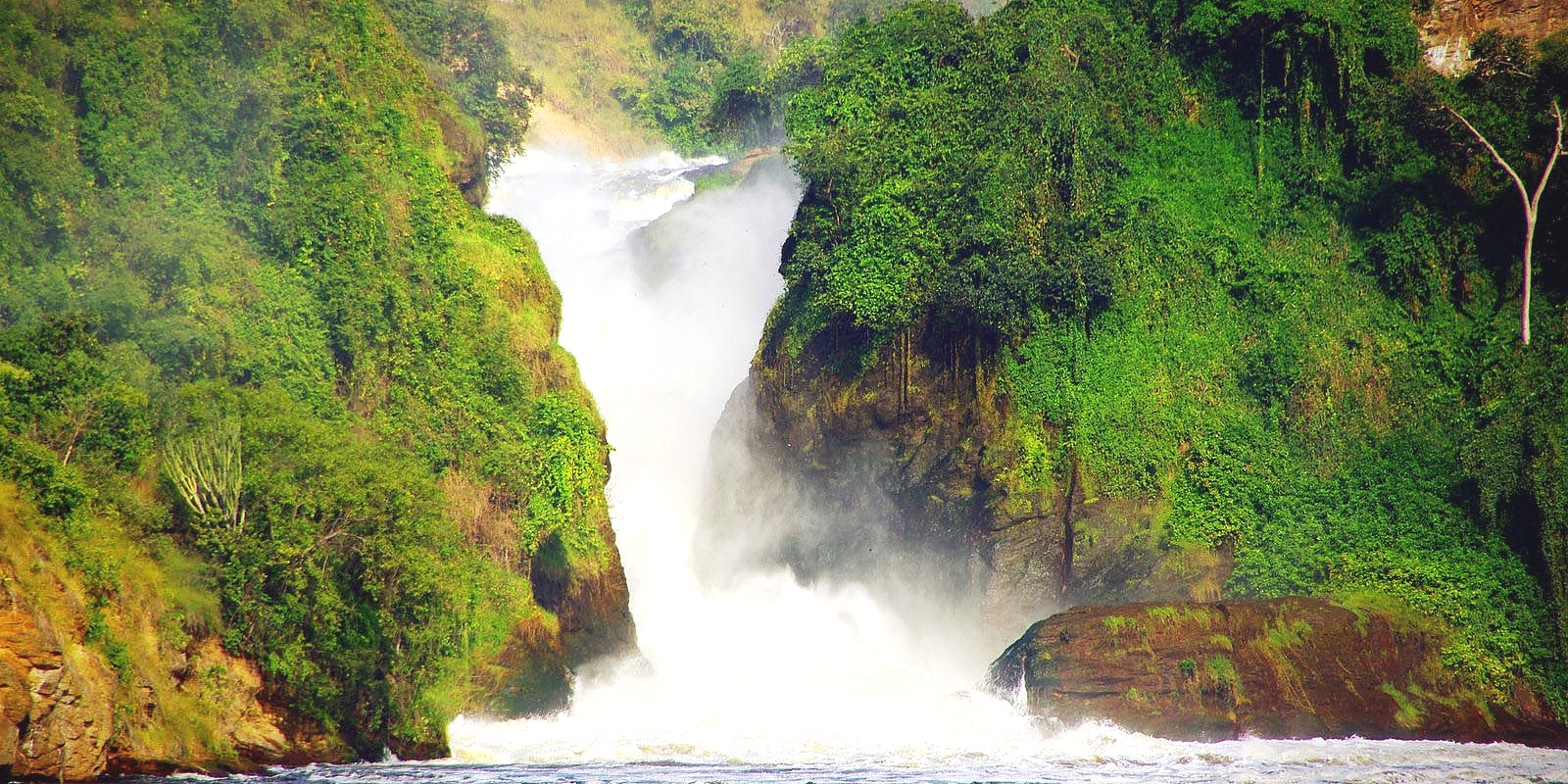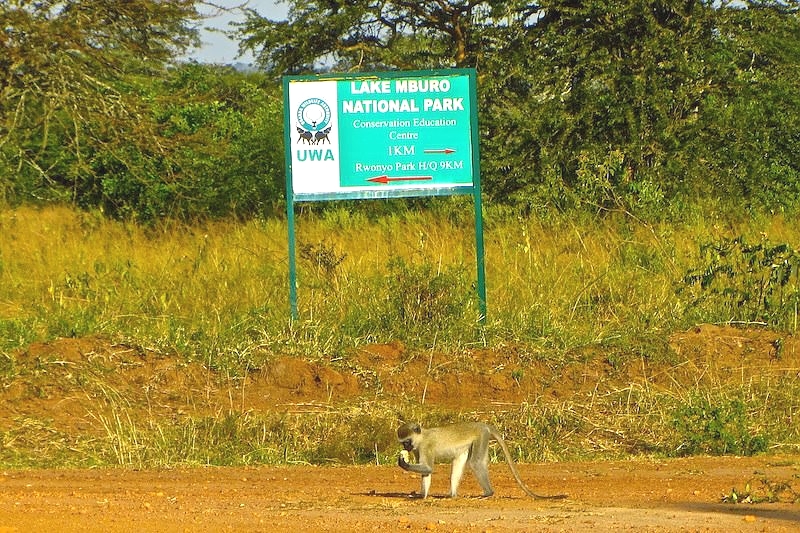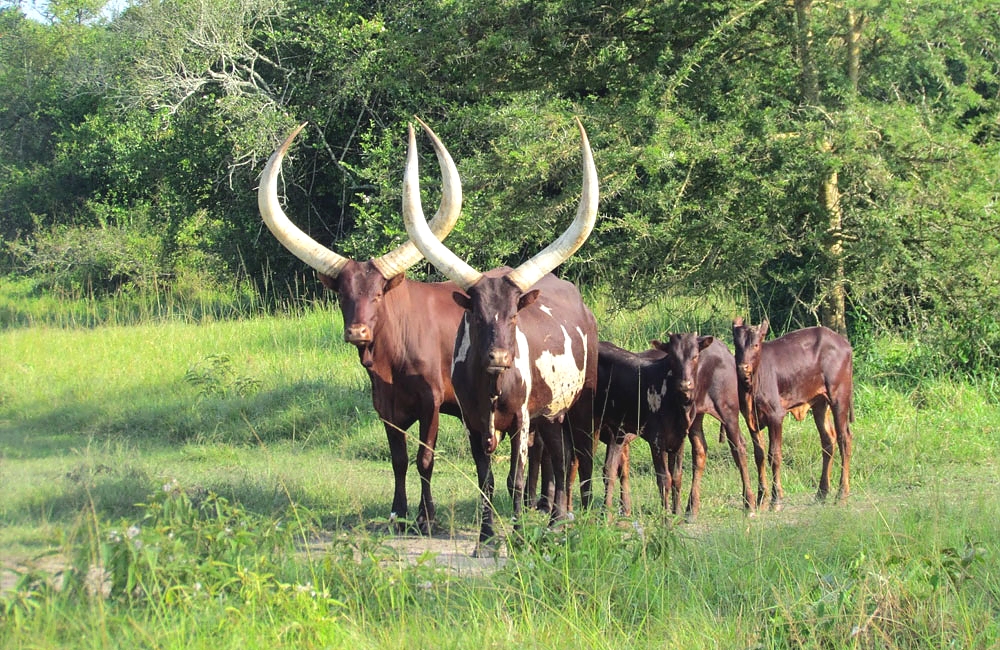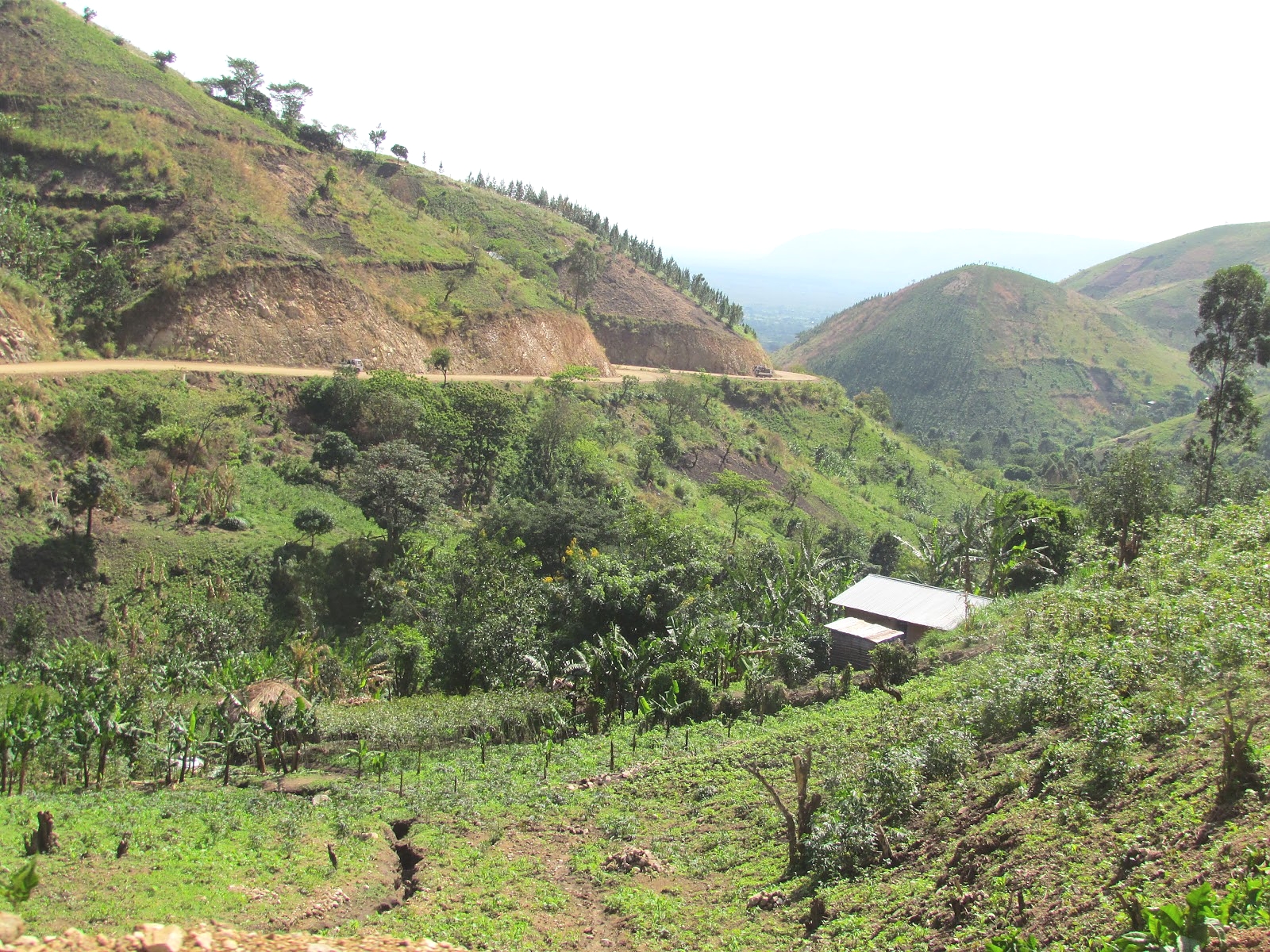Geography: Uganda is in East Africa. It is bordered on the west by Congo, on the north by the Sudan, on the east by Kenya, and on the south by Tanzania and Rwanda. The country, which lies across the equator, is divided into three main areas—swampy lowlands, a fertile plateau with wooded hills, and a desert region. Lake Victoria forms part of the southern border.
Government: Multiparty democratic republic.
Entebbe International Airport, which lies 40km from the capital Kampala, is serviced by a number of international airlines, including SN Brussels, British Airways, South African Airways, Kenya Airways, Air Tanzania, Rwandair Express, Egypt Air and Ethiopian Airlines. Uganda can also be reached overland from Kenya, Rwanda and Tanzania.
On Arrival: Customs and immigration officials are polite and efficient, and a visa - for those who require one - can be purchased on the spot at Entebbe International Airport or at any overland border. Foreign exchange and ATM facilities are available at the airport, which is also serviced by several shops and restaurants. Most midrange to up market hotels in Kampala and Entebbe will arrange airport transfers by request, as will any tour operator based in or around the capital.
Health: A certificate of yellow fever vaccination is required. All visitors should take malaria prophylactic drugs. It is advisable to drink bottled rather than tap water.
Money: The unit of currency is the Uganda shilling. The US dollar is traditionally the hard currency of preference, but Euro and Pound Sterling are also widely accepted. Hard currency cash can be changed for local currency at banks and private bureaux de change in all large towns, but travelers' cheques are not widely accepted outside Kampala. Local currency can be drawn against Visa and other major credit cards at selected ATMs in Kampala, at Entebbe International Airport, and in a few other large towns.
Language: Educated Ugandans are generally fluent in English, which is the official language. Of 30-plus different indigenous languages, Luganda serves as something of a lingua franca.
When to Visit: Uganda can be visited at any time, though mountain hikes, gorilla tracking and other forest walks are more challenging during the rains, which generally peak over mid-September to November and March to May.
What to wear: Daytime temperatures are generally warm to hot, so bring lots of light clothing. Evenings are cooler, especially at high altitudes, so carry a couple of light sweaters too. Those who intend to hike on the mountains will be exposed to alpine temperatures and should pack accordingly. Solid walking shoes and sturdy clothing are ideal for forest walks. Don't forget to bring a hat, sunglasses and a waterproof jacket.
What to bring: A valid passport is mandatory, and visa requirements should be checked before you travel. To make the most of the game reserves and national parks, carry binoculars and field guides. Photographers will need a zoom lens for wildlife (70-300 or similar). Print film and developing is available in Kampala. Toiletries and other essentials can be bought in the cities.
Driving: Driving is on the left side. Visitors without experience of African roads are advised to organize a vehicle with a driver rather than self-drive.
Tipping: Tipping is not standard practice at local hotels and restaurants, but it will always be appreciated. It is normal to tip 5-10% at tourist-oriented restaurants. Guides and drivers should always be tipped.
Further information: Uganda: The Bradt Travel Guide is one the most detailed guidebooks in print. Other guidebooks are produced by Lonely Planet, Footprint Guides and Spectrum Guides. The Uganda Tourist Board website ([url=http://www.visituganda.com]http://www.visituganda.com[/url]) contains information about all tourist attractions and protected areas.



